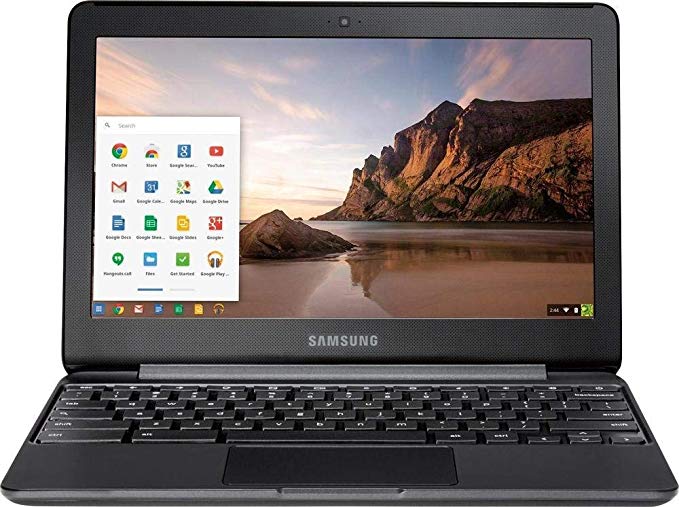
Are you waiting on this message to protect your child from content that doesn’t fit your moral or religious views? Choosing technology, implementing safeguards, and cultivating healthy habits with technology can be difficult. Overwhelming options, unfamiliar technology, and foreign vocabulary add to the frustration of purchasing technology and establishing habits.
1. Choosing Technology
With all of the options out there, the two most familiar items are laptop and phone. Since this is school focused, the laptop wins with the first consideration of how will it be used? Internet Surfing? Gaming? Design? Photography? Engineering? With the average lifespan of these devices at under two years, don’t fret too much with looking deep into the future of your wafering twelve year old and their future aspirations.
Laptops, at the secondary school level (middle and high school), should consist of a device with a minimum of 4 GB RAM and Chrome Browser (utilized in many school settings). Additional considerations include a rugged outer shell (plastic over aluminum), screen size (bigger isn’t always better-especially on a school desk) and a Solid State Drive (SSD) over traditional hard drive; although, none of these should be considered a requirement.
Laptop upgrades may become necessary as your student specializes and begins to take classes that require personal software licenses such as those for engineering like AutoCad, or those for design like Adobe Creative Suite. Until then, choose basic utility over advanced functioning laptops to ensure that you aren’t spending an arm and a leg to get your student online for their school assignments.
Several recommendations for basic utility that meet the 4GB RAM and Chrome Browser recommendation include:

2. Implementing Safeguards
Once the laptop has been purchased, the easy part is done and now ensuring internet safety becomes the name of the game. We know that schools put into place safeguards such as firewalls and filters; however, implementing these same type of safeguards at home can bring fear of failure or complete technology paralysis. You don’t have to be a technology genius to implement these safeguards. Let’s take a look at three easy to implement options with varying costs.
Disney Circle ($129 and no monthly fees) connects to your WiFi router allowing you to manage every device on your network with filters, usage limits, and detailed history.
Firewalla ($99 and no monthly fees) also connects to your WiFi router giving automatic alerts, built-in ad blocker, filters, and limit controls.
Bark ($9 month for the entire family) connects through platforms such as Chrome, messaging apps including Snapchat, social media apps including Instagram, and more. While this option may cost a bit on top of home management options, stacking a Circle or Firewalla with a service such as Bark will give you the most safety and security monitoring.
3. Cultivating Healthy Habits
However, all of the safeguards in the world are not enough without basic healthy technology habits being cultivated in the home. The most basic of these healthy habits include communicating regularly about technology (laptops, phones, tablets), safe use, and time limits. Additionally, reviewing the device at random can be an extra measure providing talking points for open conversations. Designating areas for digital devices outside of the bedroom and putting time limits on these devices are also techniques for promoting healthy digital habits that will last a lifetime.
So before you sit back and cross your fingers hoping the Access Denied message will prevent your child from venturing into undesirable areas, get some safeguards in place and cultivate communication tonight to ensure you are building healthy digital habits.



